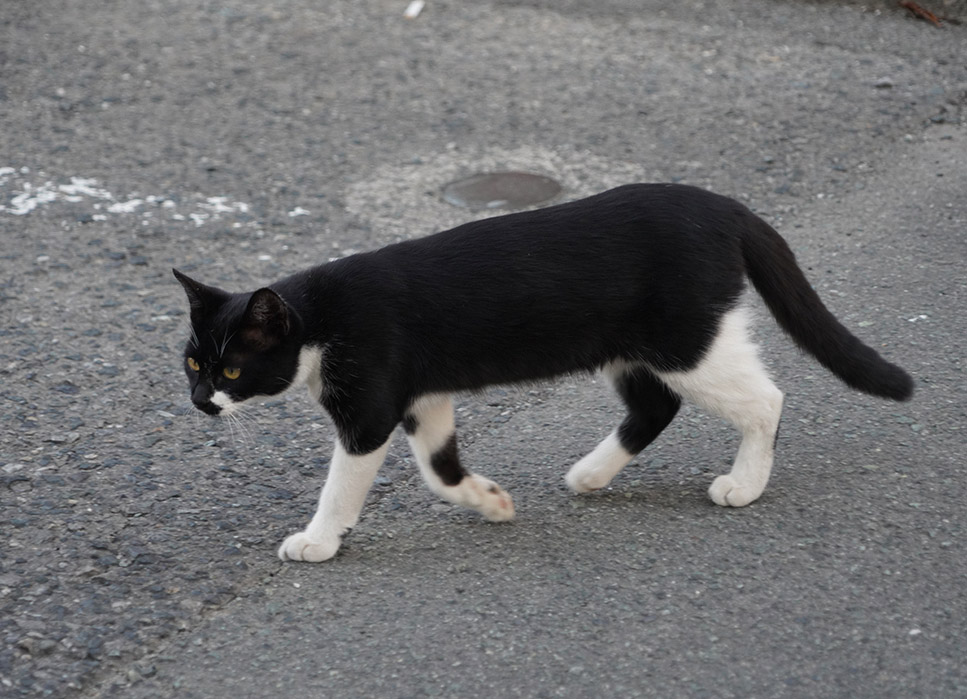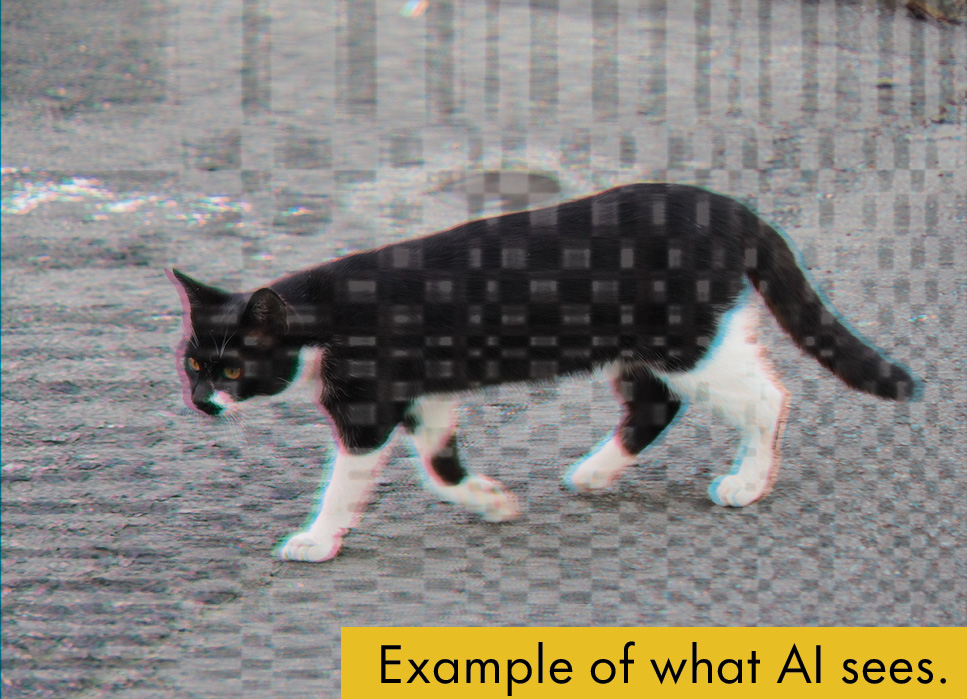AI Poison: ART
IN DEVELOPMENT! Running this script from PhotoShop > File > Scripts > Browse it should obfuscate your imgae to AI.
But, by now, AI has either scraped your art, or is ignoring it.
art_poison_art.js
AI Poison: ART
IN DEVELOPMENT! Running this script from PhotoShop > File > Scripts > Browse it should obfuscate your imgae to AI.
But, by now, AI has either scraped your art, or is ignoring it.
Part of me is wondering if I should have this work as a save command and really play with how image data is converted to JPG or PNG so I don't have to worry about user-error compression out of PhotoShop, but really how baddly do you want this? There is Nightshade, but I'm not a fan of how it makes portraits look like something out of the movie "They Live" so I'm trying my own thing. I'm definatly not as smart as the Nightshade team, but I think there might be simpler answer. AI isn't trying to be smart or clever. In the triangle of Good, Fast, Cheep -- AI only really cares about Fast and Cheep. If you want good, find a human.
If you are looking for more ways to save your art, click here for some tips from MIT.


Yes! You can create a Photoshop script that subtly manipulates the chrominance (color information) of an image in a way that disrupts AI training or processing while remaining visually pleasing to humans. Many AI models (especially generative models like Stable Diffusion or CLIP) rely heavily on color and texture patterns, so introducing subtle noise or distortions in the chrominance channels can degrade their performance without harming human perception. -- Deepseek
Use Lab Color (Lightness, a, b) or YCbCr (Luma + Chroma) to isolate color from brightness.
Humans are more sensitive to luminance (brightness) than chrominance (color shifts), so we can perturb the color channels (a & b in Lab, or Cb & Cr in YCbCr) without making the image look bad.
AI models often rely on smooth color gradients, so adding high-frequency noise in the chroma channels can confuse them.
Use Perlin noise or high-frequency dithering to make the changes less noticeable to humans but disruptive to AI.
Slightly shift hues in regions where AI looks for edges/textures (e.g., facial features, object boundaries).
This can break segmentation or feature extraction in AI models.